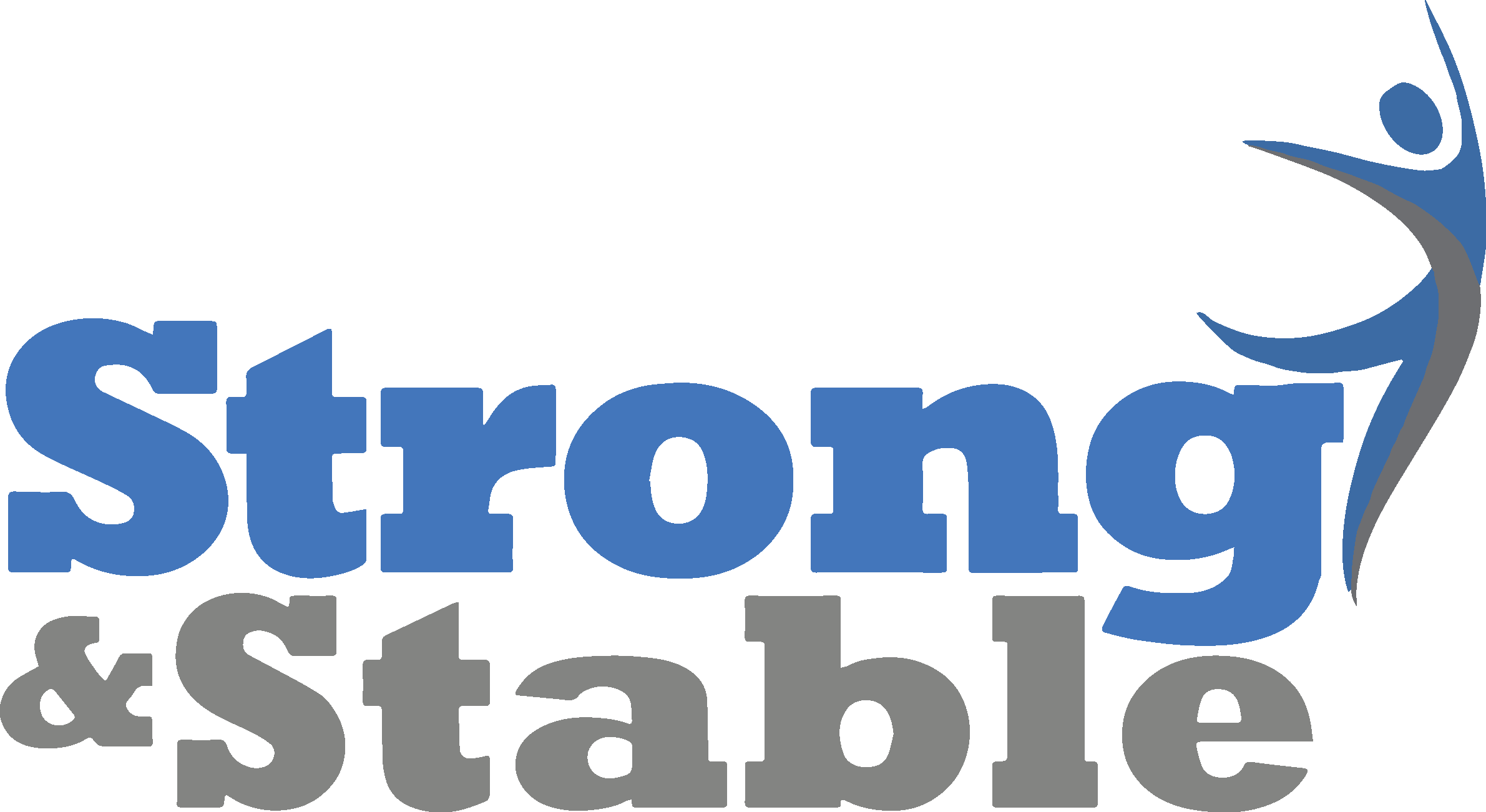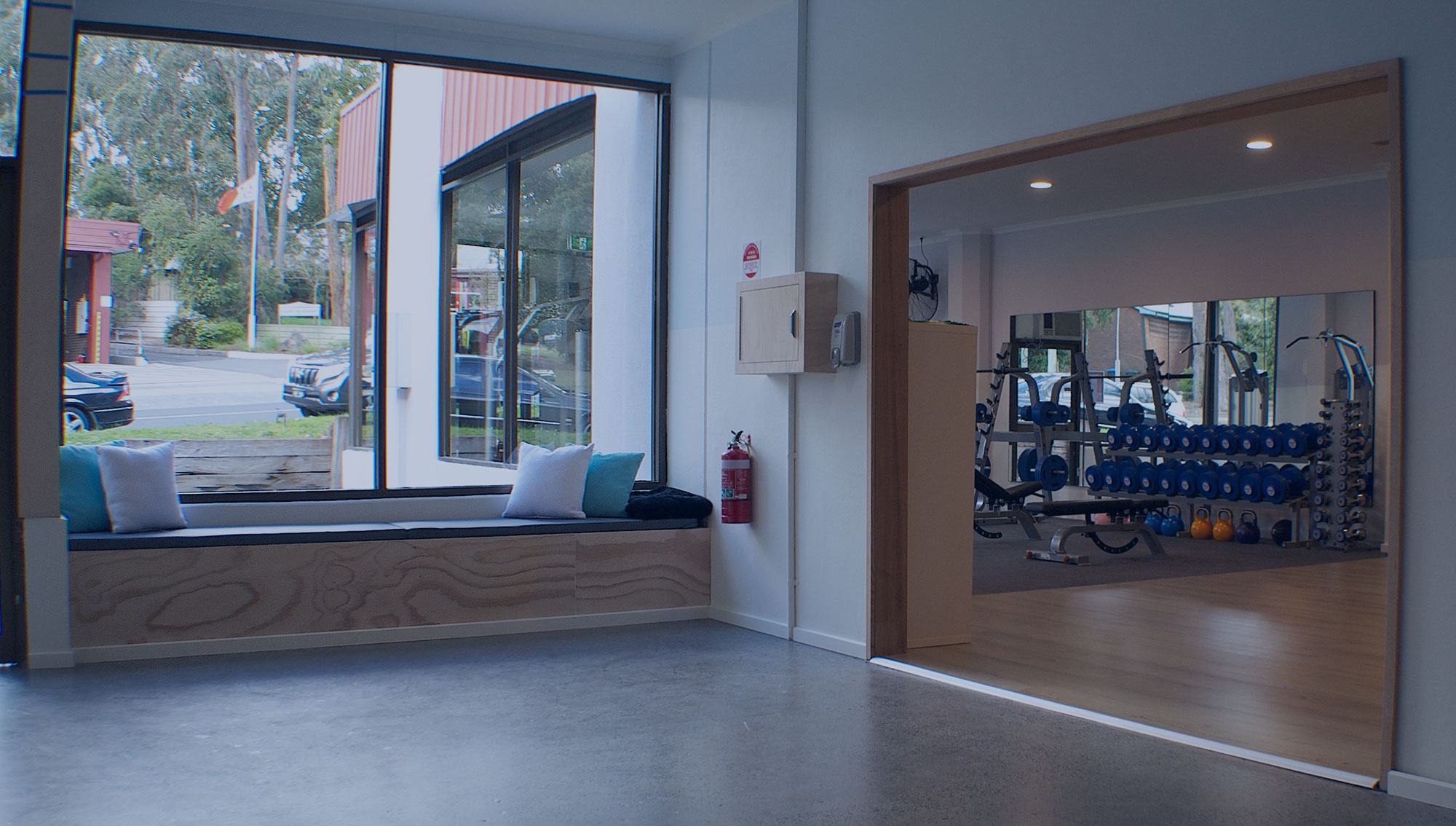Written by Megan Dame, Accredited Exercise Physiologist
What is the Menstrual Cycle?
The menstrual cycle plays a pivotal role in preparing a Woman’s body for pregnancy (Better Health). If a Woman is not pregnant the uterus sheds its lining from signals sent from the...
Written by Curtis Allderidge, Accredited Exercise Physiologist
What is Prostate Cancer?
The prostate is a male sex gland located at the base of the bladder (size of a walnut) and its primary function is to produce seminal fluid. Prostate cancer (PCa) happens when an abnormal growth of...
Written by Megan Dame (Accredited Exercise Physiologist)
What is Polycystic Ovary Syndrome?
Polycystic ovary syndrome (also known as PCOS) is a hormonal condition that affects 18-13% of women or people with uterus of reproductive age (Jean Hailes).
To be diagnosed with PCOS two of the following three...
Written by Kelsie Vickery, Accredited Exercise Physiologist
Multiple Sclerosis (MS) is an autoimmune disease, characterised by demyelination (plaque development) throughout areas of the brain and spinal cord. This slows or interrupts the transmission of nerve impulses in the central nervous system, which can lead to a...
Written by Curtis Allderidge, Accredited Exercise Physiologist
COVID-19
Covid-19 is an infectious respiratory disease caused by the SARS-CoV-2 virus. The latest evidence suggests that people with chronic diseases, conditions, or a compromised immune system are at the greatest risk of experiencing severe symptoms during and post-infection.
Symptoms
Majority of...
Written by Megan Dame, Accredited Exercise Physiologist
What is Pelvic Organ Prolapse?
Pelvic Organ Prolapse also referred to as POP, is when one or more of the organs in the pelvis (bladder, rectum, or uterus) becomes weak or loose and protrudes into the vagina (Continence...
Posted at 08:34h
in
Exercise Physiology
by AWS
Written by Megan Dame, Accredited Exercise Physiologist
What is Menopause?
Menopause marks a time in a Woman’s life when she stops having monthly periods (Health Direct). It is the end of her reproductive stage of life, as the ovaries no longer have eggs to release...
Posted at 02:31h
in
Exercise Physiology
by AWS
Written by Kelsie Vickery
According to Sports Medicine Australia, up to 70% of recreational and competitive runners experience overuse injuries annually.
• 42% of running injuries occur at the knee (most commonly ITB friction syndrome, patellofemoral pain syndrome, patella tendinopathy and meniscal...
Posted at 23:24h
in
Exercise Physiology
by AWS
Written by Kelsie Vickery
Running is one of the most popular forms of physical activity, with an estimated 3 million Australians participating in either recreational or competitive running. It is a simple, cost-effective mode of physical activity that can be enjoyed by many and results in...
Strong & Stable is excited to announce that will be now be offering Exercise Physiology Telehealth consultations to all our clients.
Why should I do it?
Exercise is Medicine!!! Research has shown that regular exercise has proven to improve the following:
Mental health
The Immune System
...

